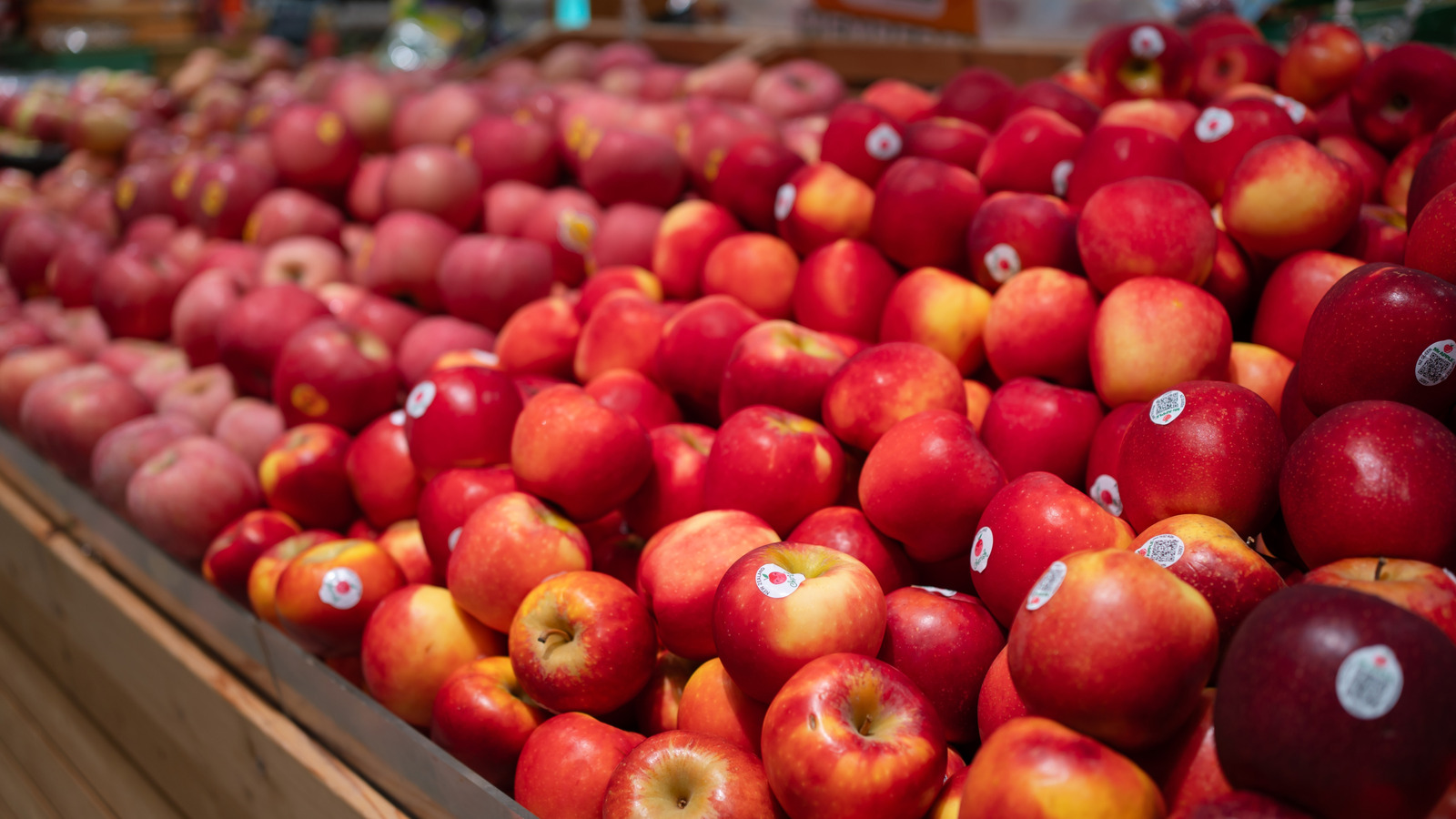
"If you've ever sliced an apple and left it out on the counter instead of eating it immediately, you'll have witnessed the surface becoming brown when it's exposed to the air. Known as enzymic browning, this process occurs when the enzymes and phenols in the flesh meet oxygen from the air. In some cases, the fruit may start browning within minutes of exposure."
"Some fruit stickers can be particularly stubborn and difficult to peel, which makes the skin more vulnerable to tearing. When it comes to softer stone fruit, the risk of tearing the skin is even greater. If you peel labels off prematurely, you could end up with a fruit bowl full of oxidized produce that's developed a mushy texture and unsightly brown appearance."
Peeling stickers off fruit too soon can pierce thin skin and expose flesh to oxygen, accelerating enzymic browning and spoilage. Enzymic browning occurs when enzymes and phenols in the fruit meet air, sometimes within minutes. Thin-skinned fruits such as nectarines and apples and ripening bananas are especially vulnerable to tearing when labels are removed. Softer stone fruit can develop a mushy texture and unsightly brown appearance after premature label removal. Overripe or damaged fruit can attract flies and pests. Fruits with tougher, textured skins like mangos, pineapples, and avocados are less likely to be harmed by sticker removal.
Read at Tasting Table
Unable to calculate read time
Collection
[
|
...
]